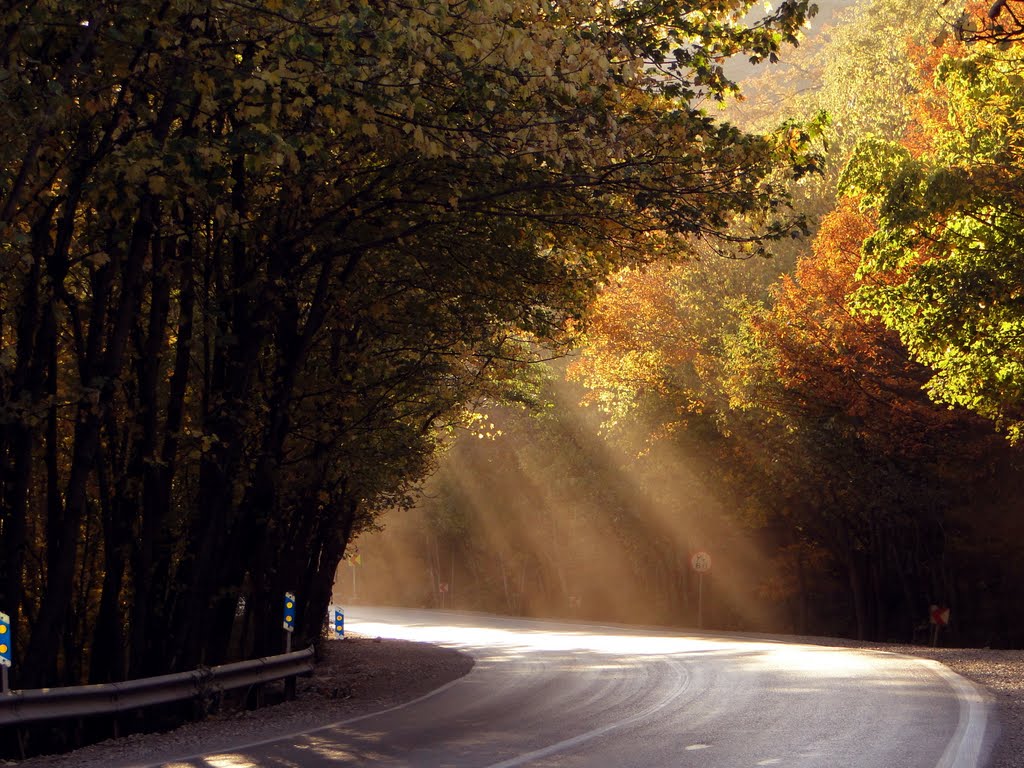Since the beginning of the current calendar year (started March 21), more than 200 wild animals died in road accidents in Golestan National Park, Golestan Province, said Keivan Hushmand, managing director of Environment and Wildlife Watchdog.
“This is the official recorded figure but certainly the actual loss is far greater, as most animals don’t die immediately in a car-hit; the injured animal often takes refuge in the jungle before dying,” he added.
Some protected species such as rare leopards and deer have also been among the losses recorded; this is while only 300 to 400 deer now remain in Golestan park. Therefore, additional protective measures need to be taken, he stressed, and noted that various kinds of birds, mammals and amphibians have also been victims of road accidents, IRNA reported.
Driving “mindlessly” without paying attention to the movement of animals, or at high speeds have contributed to the increasing death toll of animals.
In addition to road accidents, irregular entry of tourists has created problems for wildlife. Accumulation of garbage can cause contamination of underground waters and forest environment. This puts the sources of animal food at risk. Also annually, many forest fires occur largely due to negligence by visitors and travelers; in the current year, thousands of acres of natural habitat in Golestan National Park have been destroyed by fire. “None of the forest fires occurred naturally; all of them were man-made,” said Hushmand.
Shrinking
Another negative impact of the road which cuts across the park “is disconnection of the park’s northern and southern ecosystems.” This has led to shrinking of the wildlife habitat, a decline in its population and also genetic dilution, eventually threatening its very existence.
The Tehran-Mashhad road passes through Golestan park covering 45 km. The bill for alternative road construction has been approved; therefore the Department of Environment (DoE) should put pressure on the roads and urban development ministry to construct the alternative road in the shortest time possible. The development of the alternate road will also affect wildlife by altering and isolating wildlife habitat, deterring their movement and resulting in extensive mortality, he said.
“The existing road can be utilized for tourism, but we should ensure that even this complies with the ecosystem,” he added.
MPs Plea
This week, seven Majlis representatives from Golestan Province urged stronger follow-up on the alternative road construction in a letter to the head of DoE Masoumeh Ebtekar. The signatories to the letter are: Mohammad Javad Nazari Mehr, Isa Emami, Syyed Ali Taheri, Rahmatollah Norouzi, Reza Saberi, Salman Abbasi, and Abdolkarim Rajabi.
Golestan National Park is situated between the eastern parts of the Alborz Mountains and the western fringes of the Khorasan-Kopet dag. It comprises 92,000 hectares and is situated 1000-1400 meters above the sea level.
It has several habitats, like temperate broad leaf forests, grasslands, shrubs and rocky areas. There are 1350 plants species and 302 animal species in the park; it hosts half of the country’s mammal species.
This beautiful park has been registered as the Biosphere Reserve by UNESCO’s Man and the Biosphere (MAB) Programme due to its great ecological value.
The animals living in the park include leopards, wolves, wild boars, maral deer (The Caspian red deer), roe deer, urial, wild goats and goitered gazelles.


